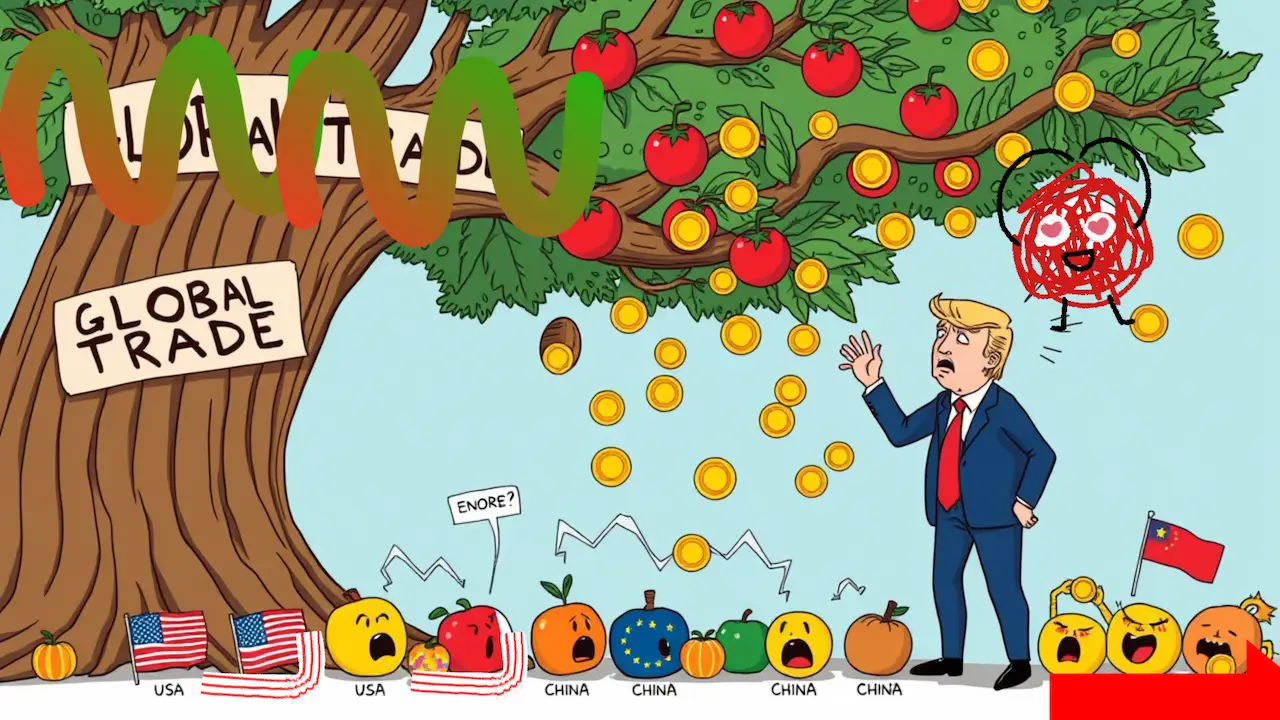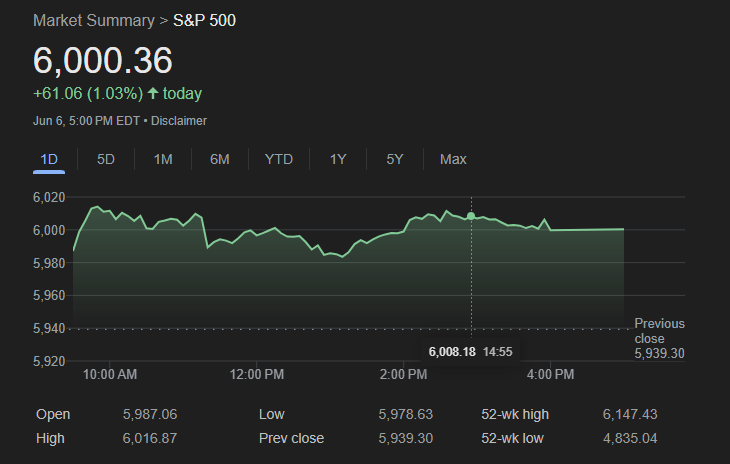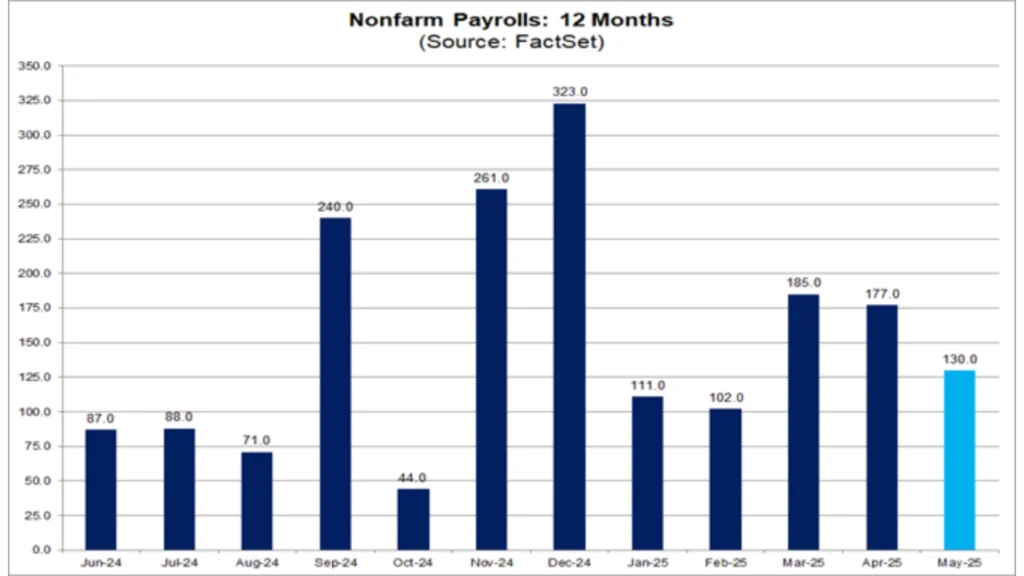While most of us were still debating whether coffee or pancakes should come first (spoiler alert: both), U.S. customs agents were busy rolling out President Donald Trump’s latest brainstorm—a shiny new 10% tariff on imports from many countries. And guess what? The fun doesn’t stop there! Higher tariffs for 57 larger trading partners are set to kick in next week. It’s like a surprise party where nobody invited the guests but everyone has to pay extra for snacks.
Now let’s rewind just a smidge. At precisely 12:01 a.m. ET (or as I like to call it, “overtime for insomniacs”), the initial 10% “baseline” tariff went live at seaports, airports, and warehouses across America.
This move marks Trump’s full-throated rejection of that old-school post-World War II idea where countries politely agreed on tariff rates over tea and biscuits. Instead, we’ve got something Kelly Ann Shaw—trade lawyer extraordinaire and former White House trade adviser during Trump’s first term—described as “the single biggest trade action of our lifetime.” Wowza. That sounds less like economics and more like an Avengers movie plotline.
But wait, because here comes the kicker: these tariffs aren’t static—they’re evolving faster than my Wi-Fi connection during peak hours.
According to Shaw, who dropped some wisdom bombs at a Brookings Institution event, countries will scramble to negotiate lower rates over time. She added, “This is huge… seismic and significant.” Translation? Imagine rearranging your entire living room furniture every day based on how grumpy your cat looks. Yeah, it’s kind of like that—but globally.
Oh, and if you thought stock markets would take this news lying down, think again. On Wednesday, when Trump announced his grand tariff plan, global markets threw a tantrum so epic it wiped out $5 trillion in S&P 500 value by Friday’s close. To put that into perspective, that’s enough money to buy several small planets—or maybe one really fancy yacht with built-in popcorn machines.
Oil prices tanked, commodities took a nosedive, and investors ran to government bonds like they were the last lifeboats on the Titanic.
Let’s not forget our unlucky friends getting hit with the 10% tariff right out of the gate: Australia, Britain, Colombia, Argentina, Egypt, and Saudi Arabia. No grace period for them; it’s like showing up late to dinner only to find all the good seats taken and someone spilled gravy on your chair. However, cargoes already en route got a little mercy—a 51-day reprieve if they reach U.S. shores by May 27. Phew! Crisis averted—for now.
And then, just when you thought things couldn’t get any zanier, along comes Wednesday’s pièce de résistance: higher “reciprocal” tariffs ranging from 11% to 50%. Europe gets slapped with a cool 20%, while China receives the VIP treatment at 34%, bringing their total tariff joyride to 54%. Poor Vietnam, which had been riding high after Trump’s earlier trade war pushed supply chains away from China, is about to face a whopping 46% tariff. But hey, silver linings—they agreed to chat with Trump about a deal. Awkward family dinners, anyone?
Of course, no blockbuster story is complete without its exemptions. Canada and Mexico dodged this round thanks to their ongoing 25% fentanyl-related tariff drama. Goods tied to national security tariffs—steel, aluminum, cars, trucks, auto parts—are also sitting pretty in the exemption lounge. Plus, Trump’s team kindly provided a list of over 1,000 product categories spared from the chaos, including crude oil, pharmaceuticals, uranium, titanium, lumber, semiconductors, and copper. Energy aside, several sectors are under investigation for potential future tariffs. Because why solve today’s problems when you can prep for tomorrow’s headaches?












Leave a Reply